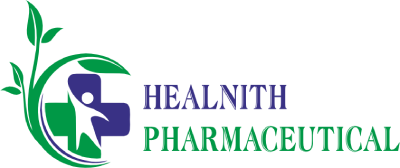Selenious Acid API
| Cas No : | 7783-00-8 |
|---|---|
| Name : | Selenious Acid |
| Synonyms : | N/A |
| Molecular Formula : | H2SeO3 |
| Melting Point : | 70 °C |
| Boiling Point : | 684.9 °C |
| Molecular Weight : | 128.97 g/mol |
| Density : | 3 g/cm³ |
| Solubility : | selenic acid is a strong acid that is hygroscopic and extremely soluble in water. |
Uses :
- The effect of parenteral selenium as selenious acid on the selenium status of 7 long term home parenteral nutrition patients was determined by supplementation with 0, 80, and 160 ug selenium/day for one month each. Increasing dosage of selenium increased plasma selenium concentration and erythrocyte and platelet glutathione peroxidase activity. No statistically significant difference was noted for platelet glutathione peroxidase activity between patients receiving 160 ug/day and control subjects. Upon return from 160 to 80 ug/day, 4 patients showed patients decreased platelet enzyme activity.






